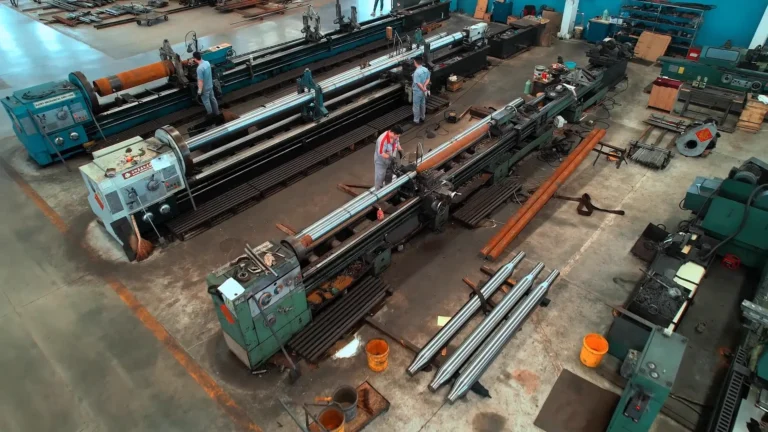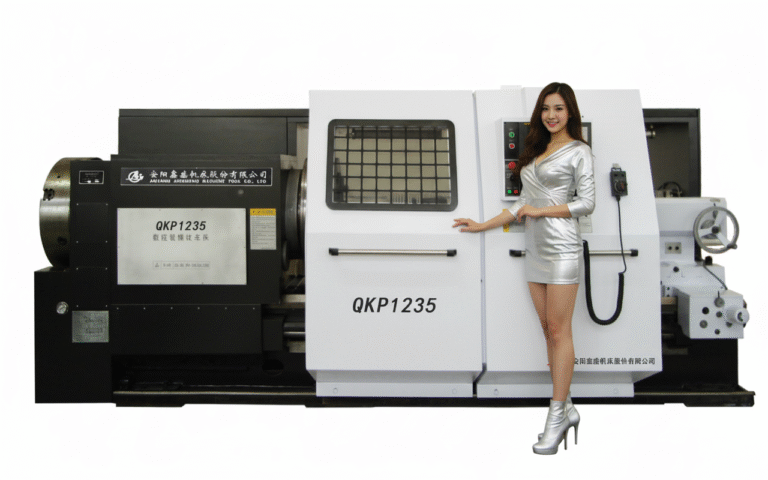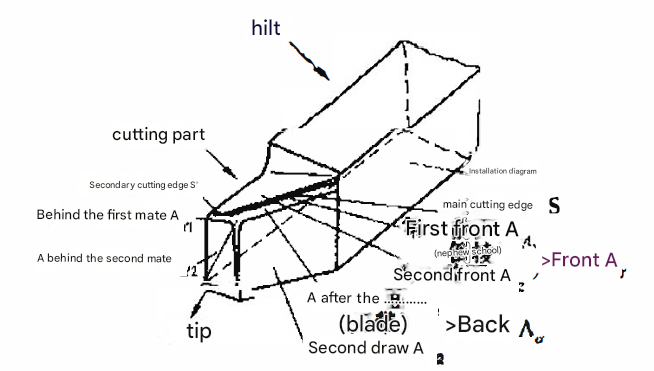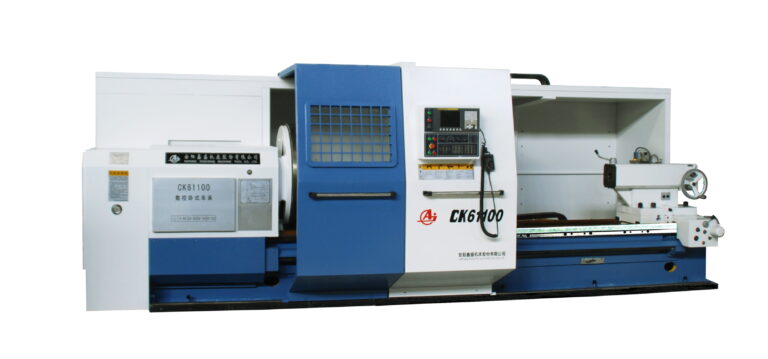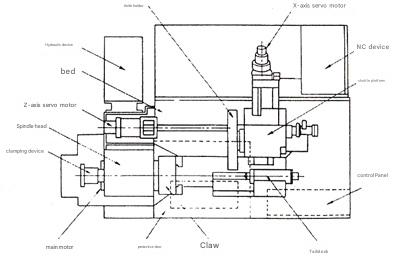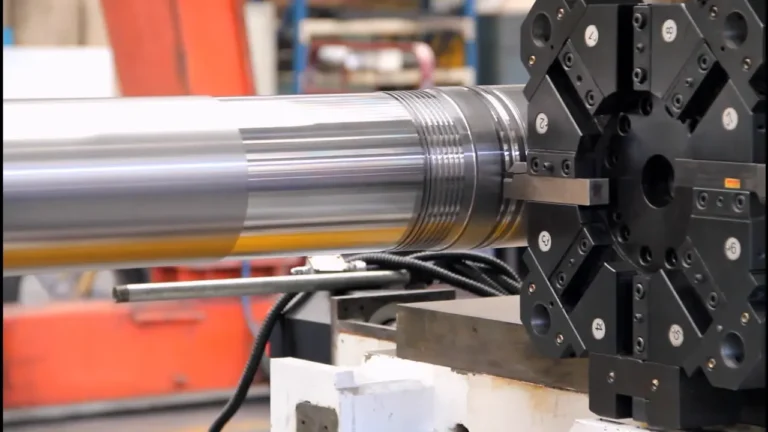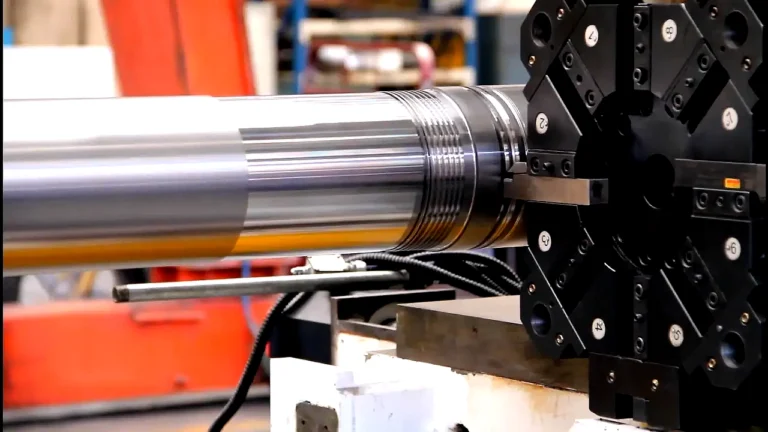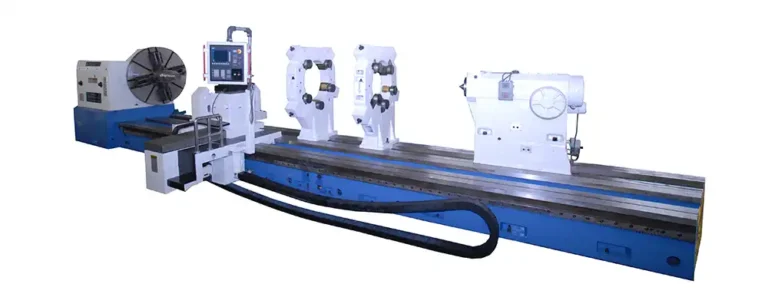How should a lathe operator correctly organize their workspace?
Proximity of frequently used items: All items used during work should be placed as close as possible and concentrated around the operator’s area, but without hindering free movement. Frequency of use: Commonly used items should be placed closer, while rarely used items should be placed farther away. Natural movement: The placement of items must conform…

